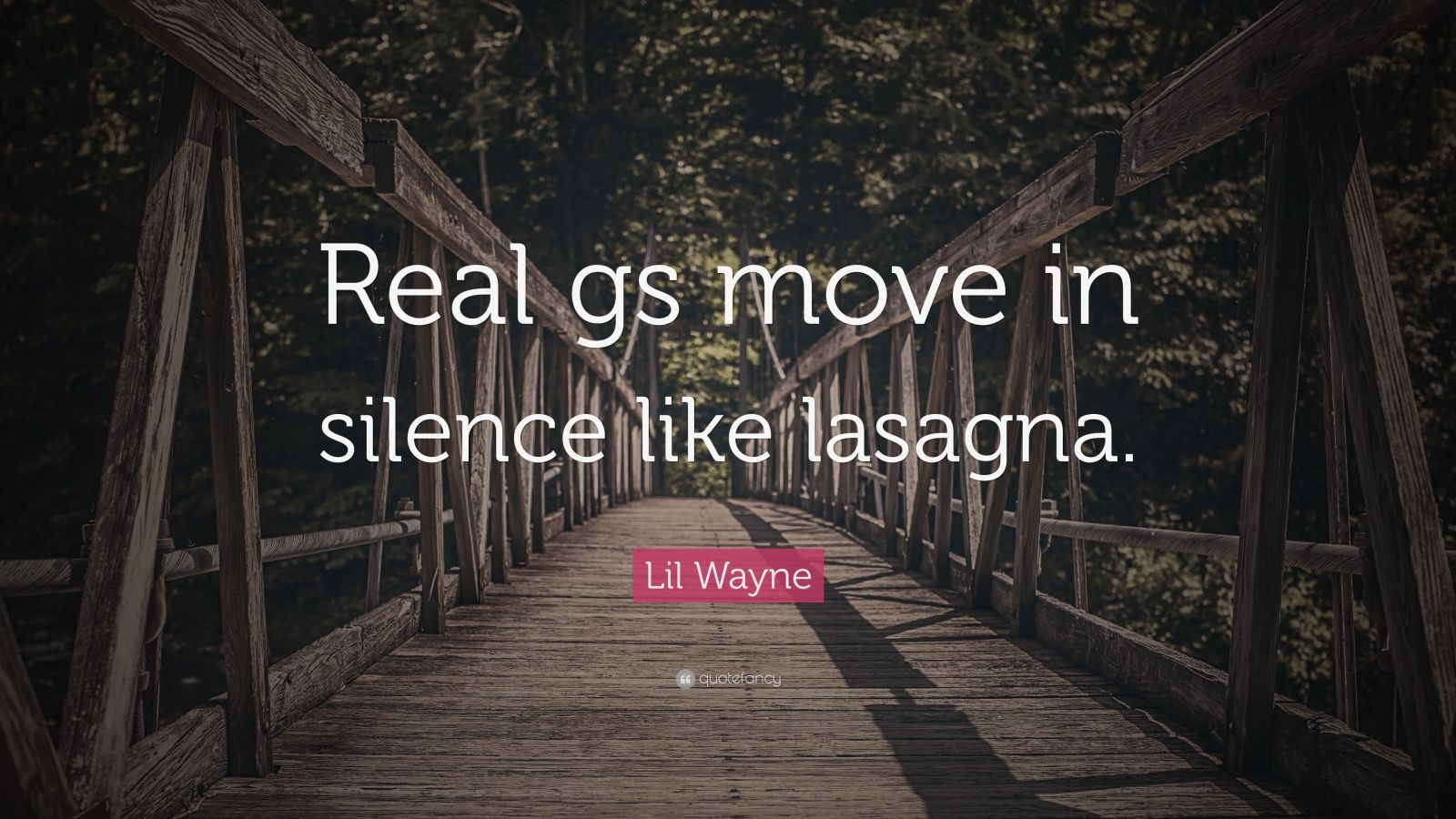

Some just sat in stony silence, refusing, as one witness said, to “criminate” themselves.Īll of it came courtesy of a deliberate-speaking, endlessly polite Southern senator in horn-rimmed glasses named Estes T.

Colorful criminals, sweating and tapping their fingers nervously, seemed to step off the set of Hollywood gangster movies, speaking in broken English, under oath, about their activities. Stores and offices across the country piped in day-long radio broadcasts.

Housewives were glued to their sets day after day, while in barrooms and cafeterias, men gathered on their lunch breaks to witness the proceedings. Three years before the Army-McCarthy hearings and 22 years before Watergate, the Kefauver Committee hearings in the winter of 1951 brought a parade of gamblers, hoodlums, crooked sheriffs and organized-crime figures out from the shadows to sit and testify before the white-hot lights and television cameras. Americans had seen nothing like it before-not in their own living rooms.


 0 kommentar(er)
0 kommentar(er)
